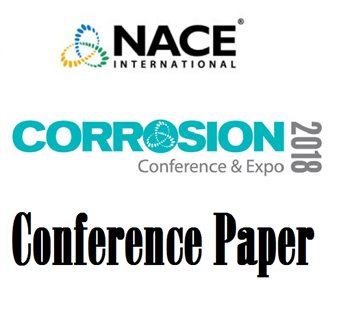Search
51318-11270- DC Transit Stray Current Corrosion Control: Everyone Wins When You Work Together
Also Purchased
51318-10689-PIPELINE STRAY DIRECT CURRENT (DC) INTERFERENCE
Product Number:
51318-10689-SG
Publication Date:
2018
$20.00
51318-11271- AC Corrosion Control: When Too Much Cathodic Protection Might Just be a Bad Thing!
Product Number:
51318-11271-SG
Publication Date:
2018
$20.00
51318-10656-CP Interference - Interference Testing and Mitigation of Interference Issues
Product Number:
51318-10656-SG
Publication Date:
2018
$20.00




